Believe it or not, there really was a time when cell phones weren’t ‘smart’, the Internet was a luxury, newspapers didn’t care what those bloggers were up to (they may have preferred to call them citizen journalists at the start) and public relations pros put print and broadcast placements ahead of those stories that landed online. The oft-used vocabulary of ‘Like it’, ‘Share it’, ‘Tweet it’, ‘Wants to Connect’ and ‘Friend me’ were just a figment of some one’s imagination. The ability to E-mail was about as tech-savvy as most had to be. And as a global company tasked with the job of bringing their international employees together for meetings, well they were just forced to spend huge portions of their budget on travel arrangements.
My how our world has truly changed.
Whether it is at the office or within the confines of our own homes, the way we communicate with one another has quickly become an ever-evolving marriage between technology and demand. It’s not just about the phone any more, or the face-to-face chat by the water cooler. Now, in the Web 2.0+ (or digital) age, new media tools like social networks and microblogs have carved out evolving niche markets for businesses and have nearly erased the difficulties presented by space and time for those wishing to communicate from afar. Sure that’s a fantastic development for our society, however, the more this trend continues to be embraced, the more flooded the marketplace will become with message, upon message…upon message. Yikes.
In short, there’s a lot of noise out there to sift through. Because of this increasing saturation, effectively communicating to target audiences has become an increasing challenge for those itching to ‘get the word out’ about their brand, business, organization, product, service or mission. However, it still is possible if you put your mind to it.
At Framework Media Strategies (FMS), a small yet budding public relations and marketing team based in Woodbridge, N.J., our team has been successful in helping clients understand, and capitalize, on the benefits of utilizing both traditional techniques, including print and broadcast media outreach, along with new media tools like social networks and microblogs to aid their public relations, marketing and promotional initiatives. With so many different tools available at the click of a button to foster conversation between producer and consumer, a plethora of different ways to tellyour story has emerged.
At FMS, it’s become our goal to make sure our clients are choosing the right mediums to tell their story because making that choice puts your news on the right avenue to the right ears; and doing so will aide your efforts to raise general awareness overall. At the end of the day, that should be your goal as a communicator; you can’t guarantee you’ll produce attendees to an event but you can guarantee that your efforts are geared towards keeping the desired audience informed.
Currently, we’re working with a diverse audience, including small businesses, non-profit organizations and entertainment-based clients in New Jersey. For us, there really is only one, true way to aide the clients we work with; and that is by adopting a think-first and act-second approach. Yes, when it comes to assisting clients in ‘telling their story’ there are a lot of different tools and tactics at a communication professional’s disposal, but never every approach is right for every project, or task, at hand. Aside from rolling-up-your-sleeves and getting your facts and research together, there’s no real magic trick you can rely on that will give you the answers you’ll need when it comes time to decide how you’ll tell your tale.
Prior to crafting any specific plans or communication strategies, it is recommended to really get to know the client, the project, the product etc. that’ll you’ll be communicating about as best as you possible can; don’t be afraid to ask the hard questions. In doing so, you’ll be assured that yes, you understand them both inside and out; these nuances and intricate details could prove beneficial later. After you’ve collected the necessary data, don’t rush to judgment; our team at FMS takes careful time selecting the effective communication tactics that should address our clients’ needs.
In addition, here are some important tips to keep in mind:
With great power comes great responsibility
The Internet has become the best-friend of many of today’s communicators because of the vast amount of opportunities it can offer. In short, the reach of this communication medium is nearly endless. Factor in the allure of new media tools like social networks or microblogs (Twitter being the most popular) and the opportunities continue to mount. But, before you buy-in to the digital craze and decide ‘you’ve got to get online’, know this: once you start communicating on the Internet, that conversation you started is likely to never stop. In addition, effective usage of new media tools requires 24 hours a day/seven days a week/365 days a year care. Your content has to be kept fresh, conversations should be continued and the emphasis of what you produce should always be on answering your consumers’ questions and concerns. If you’re prepared to be engaged with the consumers of your content constantly and understand the resources it takes to keep it going, then perhaps the ‘way of the Internet’ is a medium you may want to use.
Not everything has to be written
A lot of times, when there is news or something interesting that you want to communicate with your target audience, people are often quick to go to the keyboard and begin typing. Not so fast; although it is great to inform your publics of the newest developments in a timely and fashion, in the age of smart phones and a high demand for instantaneous information, people tend to be unable to read everything that’s out there in a given day. Rather, if its possible take a picture or two, or shoot a quick video of the newest things you’ve got going on; it could prove to be 10 times more beneficial than the written word because it is a fact that today’s consumer enjoys things they can interact with. The more a viewer can watch, feel and experience what it is you’re trying to share, the more value it could bring. If your organization, product, service or mission is something that could have a better impact as a visual, don’t be afraid to get creative.
Free advertising still exists (No, we're not kidding you)
Let’s face it; print and broadcast advertising can be very, very expensive. And as the news industry continues to lose ground to emerging trends in online news gathering, the prices are only more likely to continue to climb. So what's there to do? Journalists are always looking for experts to quote and interview for the articles that they write, and they don't just grow on trees. That's where the power of effective public and media relations comes into play. Pulling it all off involves working with various media for the purpose of informing the public of an organization’s mission, policies and practices in a positive, consistent and credible manner. Typically, this means coordinating directly with the people responsible for producing the news and features in the mass media…and getting your name in print. The goal of media relations is to maximize positive coverage in the mass media without paying for it directly through advertising. We caution this isn't easy but if done the right way, this tactic can reap huge rewards.
A picture is worth a thousand words
However, when prospective consumers find your business or research your products and services, it is the visual content available to them tends to be the most intriguing. How your content looks, and feels, as well as what personality it portrays seriously affects their interpretation of your business. First impressions are lasting and it’s often logos, pictures, videos and promotional items that define you before your potential consumers decide to go any further. Why is that so important for your business? Thanks to concepts like logo development, creative design can take a business and turn it into a household name. The golden arches of McDonalds, the connecting rings of Audi, the apple of Macintosh; all are great examples of how images and design can create a brand. Everything from logos to web design gives a consumer something to remember. A simple image can represent an entire company and what it stands for. If you’re looking to encompass all that your organization, product, service or mission is into one memorable image than considering the aspects of incorporating creative design into your communication toolbox may be the way to go.
Peter M. Kelly and Jeremiah P. Sullivan are the co-owners and operators of Framework Media Strategies, a growing public relations and marketing team aiding New Jersey based clients with implementing communication strategies that call upon the benefits of both new media tools and traditional outreach tactics to deliver results. Formed in 2010, the young team has added six clients early-on with more on the way.




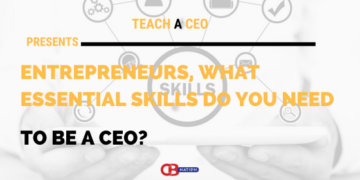




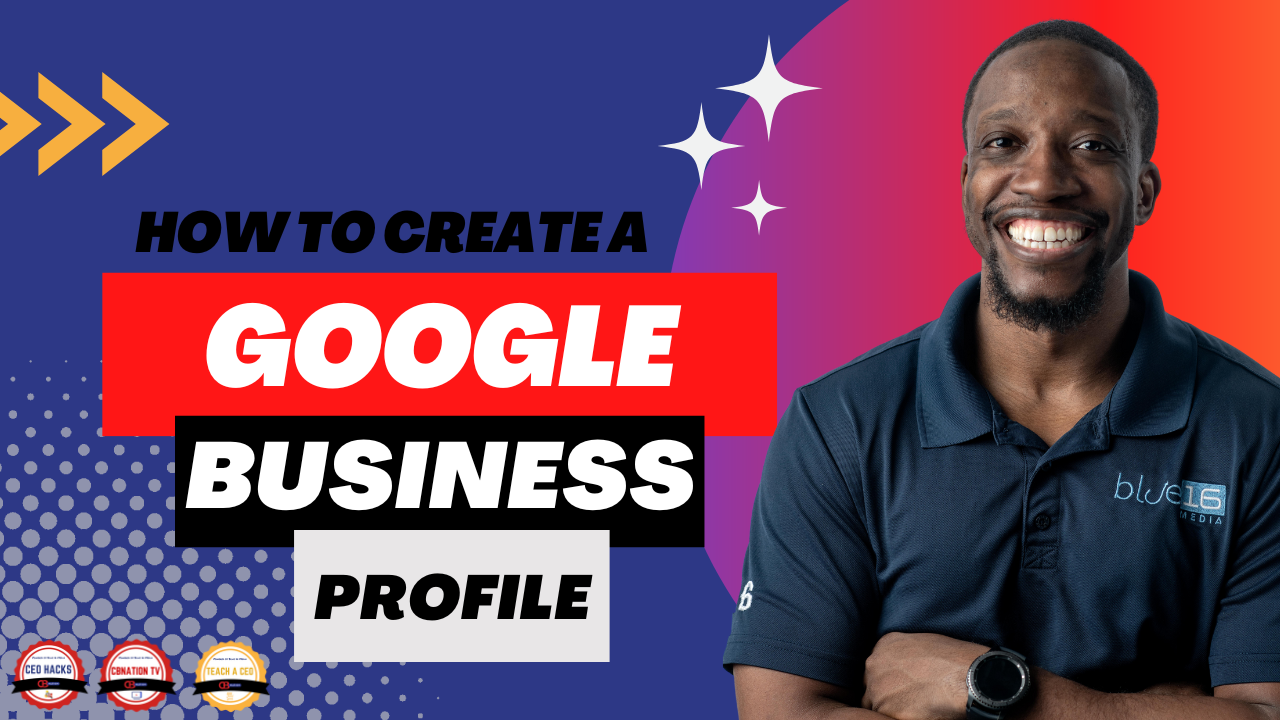


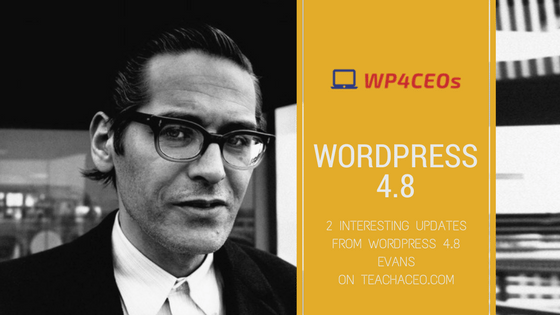



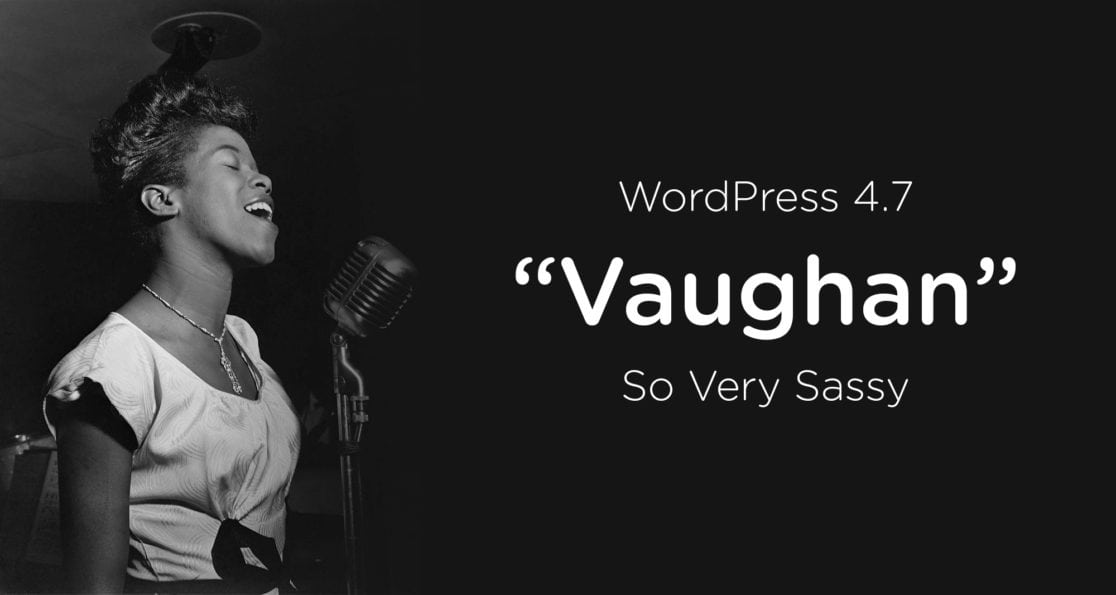




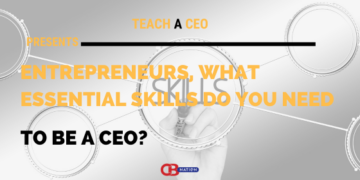







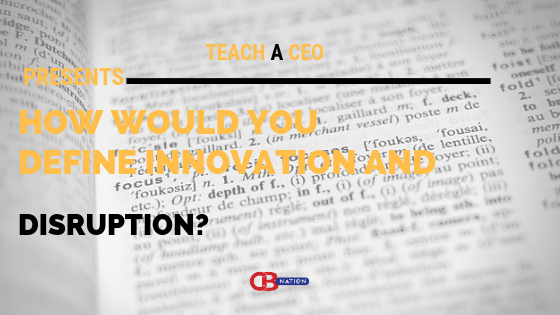












 |
|
Comments 4